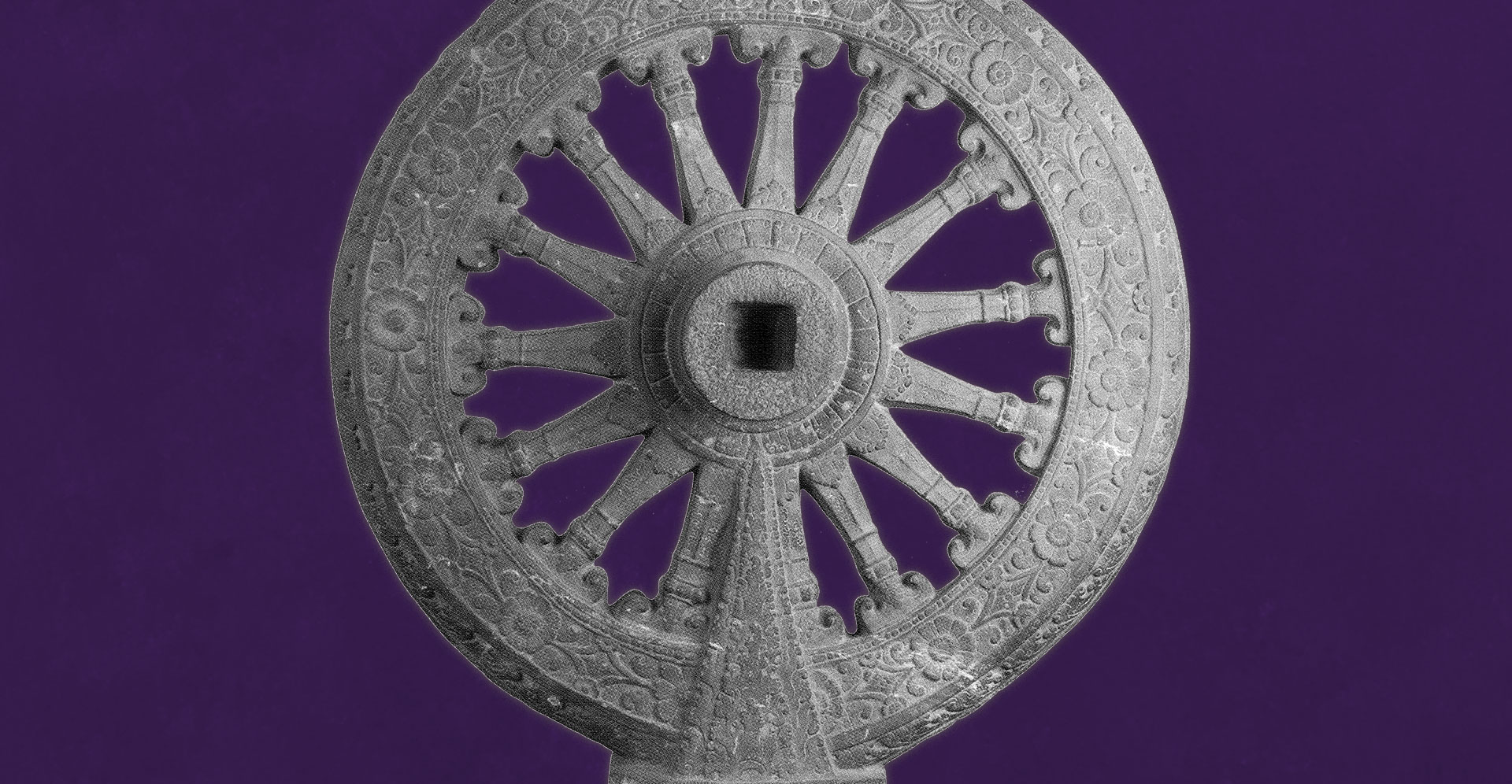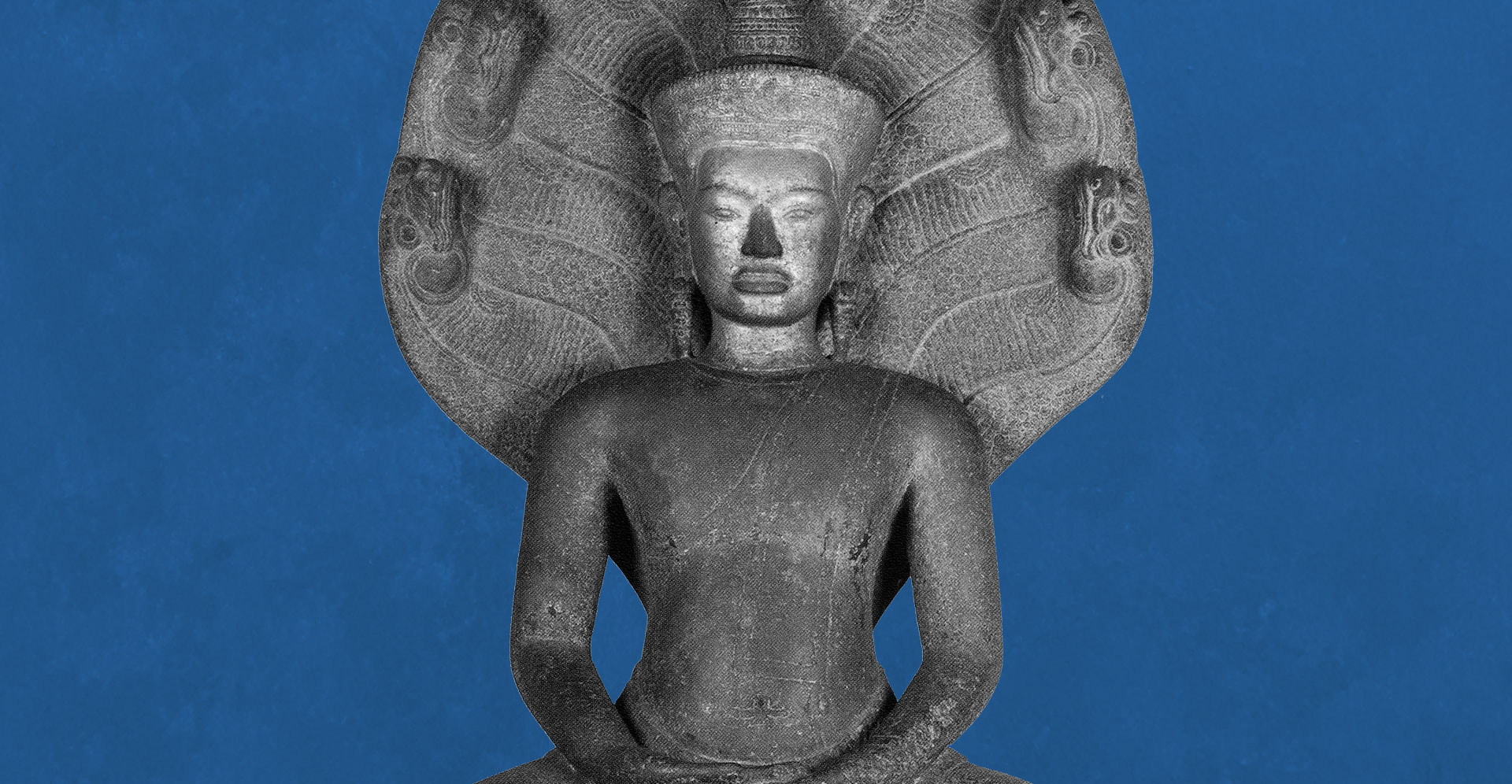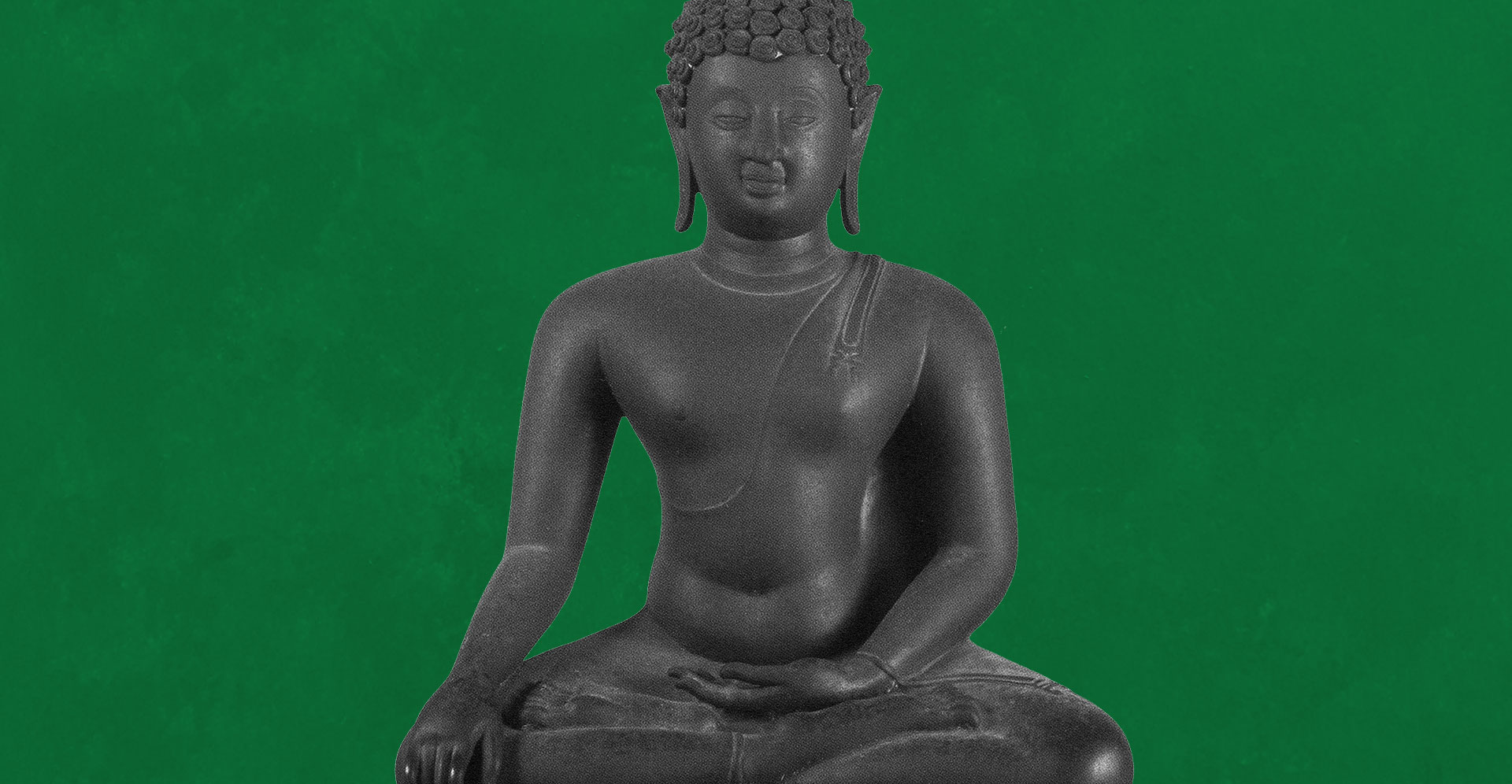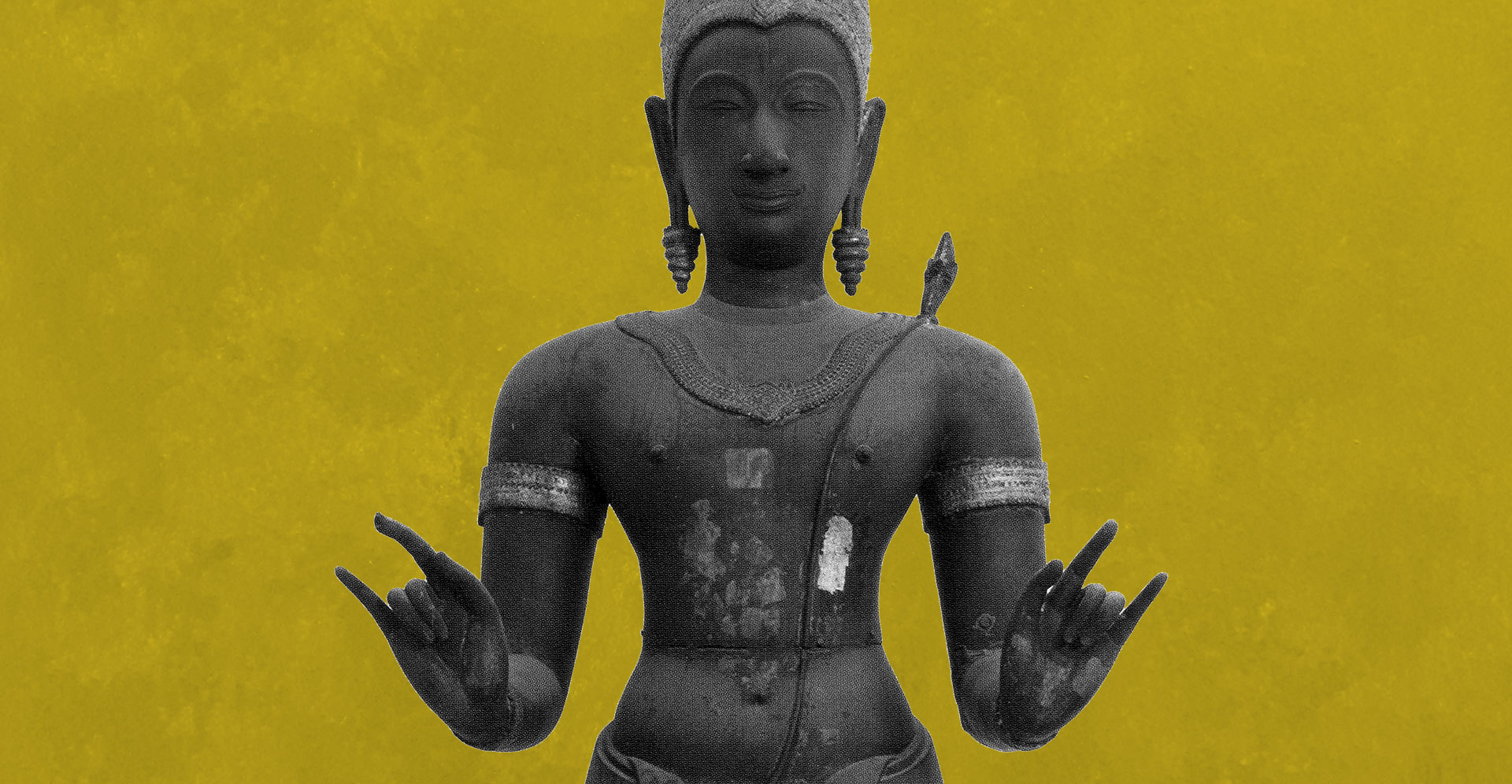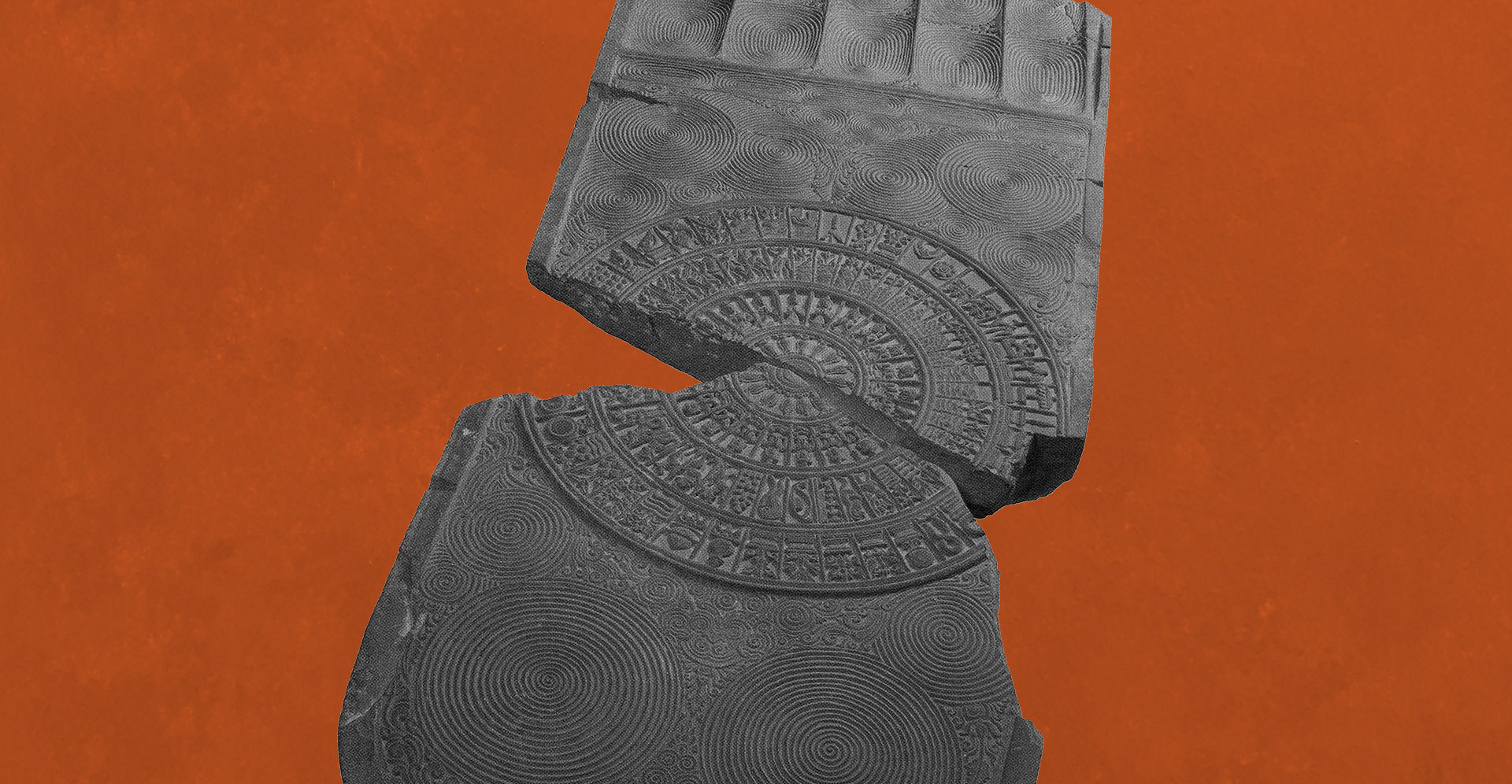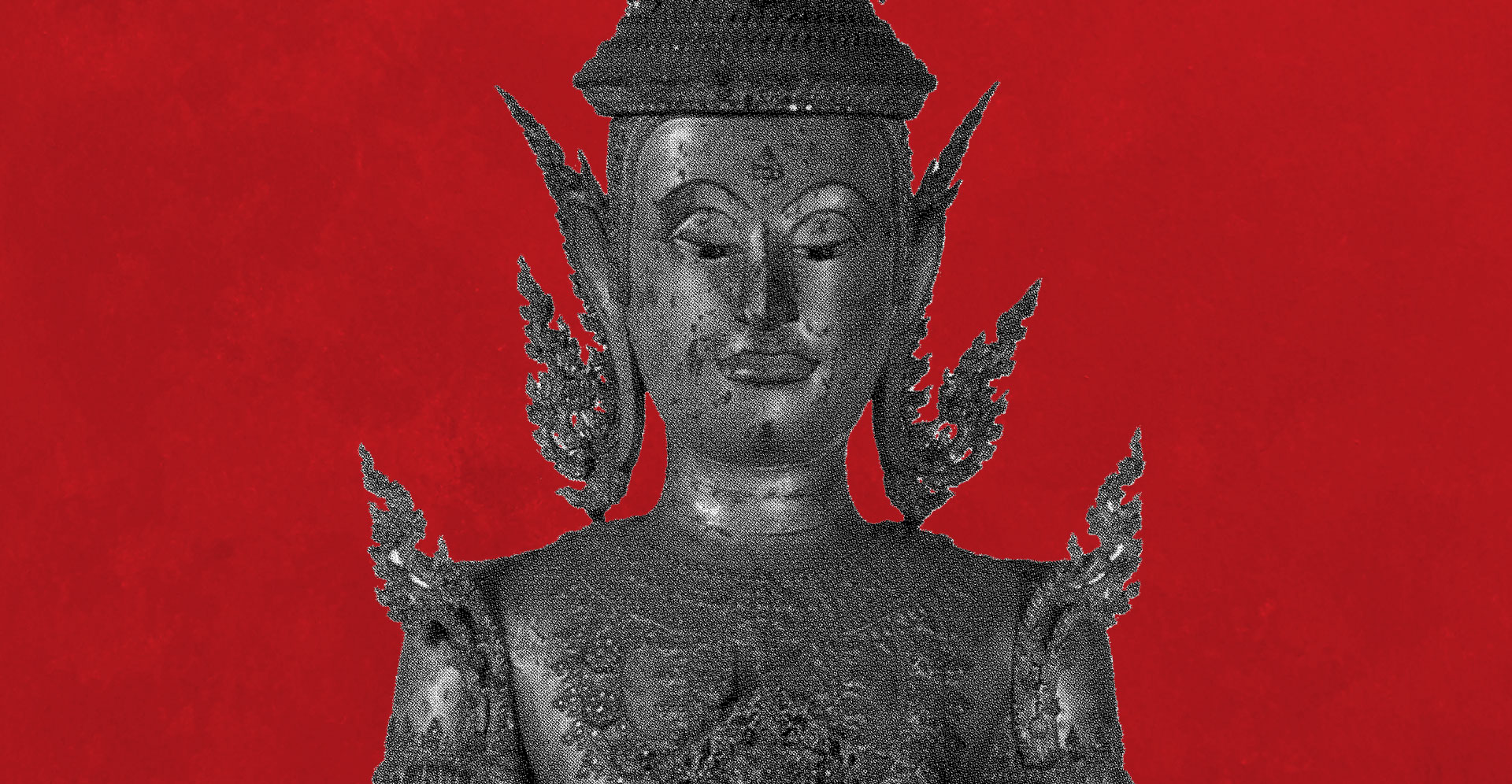BRIDGE OVER TIME
Srivijaya
Srivijaya was a kingdom that developed into a Federation States, encompassing states on the archipelagoes of the present-day Indonesia, Such as, Sumatra and Java. It height of power was between the eighth and thirteenth century CE (800 – 1,300 years ago). The elements of Srivijayan culture found in the region Suggest that Srivijaya was a center of the Mahayana Buddhist World considering the philosophical propagation and artistic tradition. Thus, the Srivijayan Buddhist sculptures and architectures found in Thailand are mostly related to Mahayana and Vajrayana Buddhism. It was particularly popular for Buddhists to produce icons of Bodhisattvas.
The art of the region is known as Srivijaya started to move away from stone sculptures to a new material showing advancements in technological. Srivijayan art is characterized by a mix of influences in the early period, the Dvaravati as well as Indian and Indo-Javanese styles, and later, Khmer as shown in bronze-cast sculptures. By the mid13th C, Srivijaya lost the maritime supremacy in the region to the Chinese Song dynasty and Sukhothai, the new power of the region, extended into the peninsula and brought the southern regions under its rule.
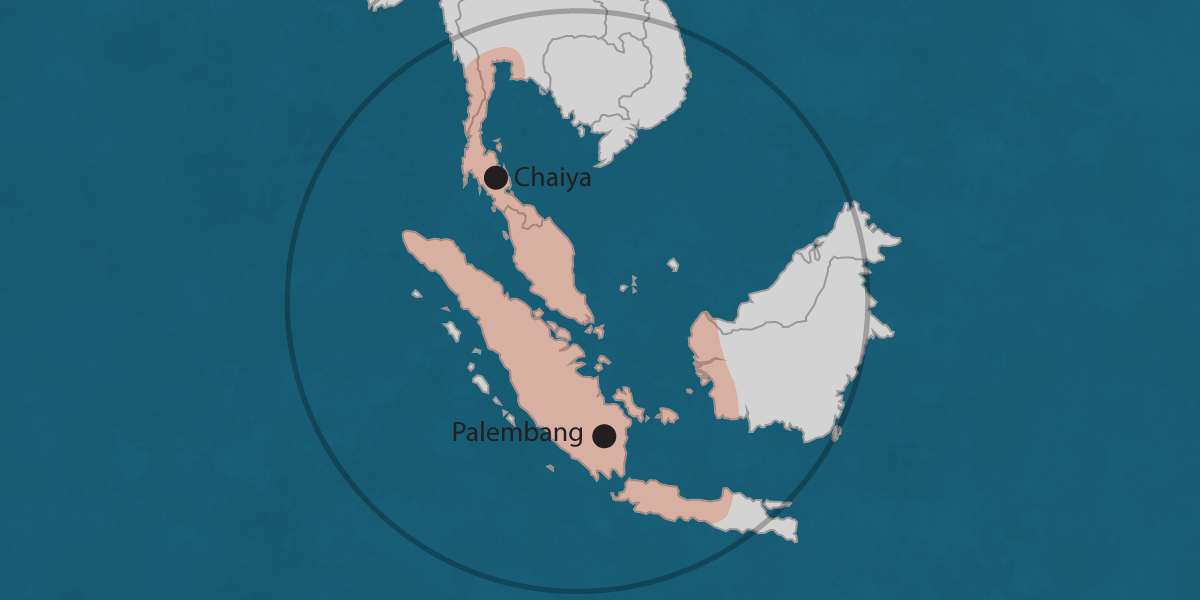
Srivijaya
BODHISATTVA AVALOKITESHVARA AS PADMAPANI
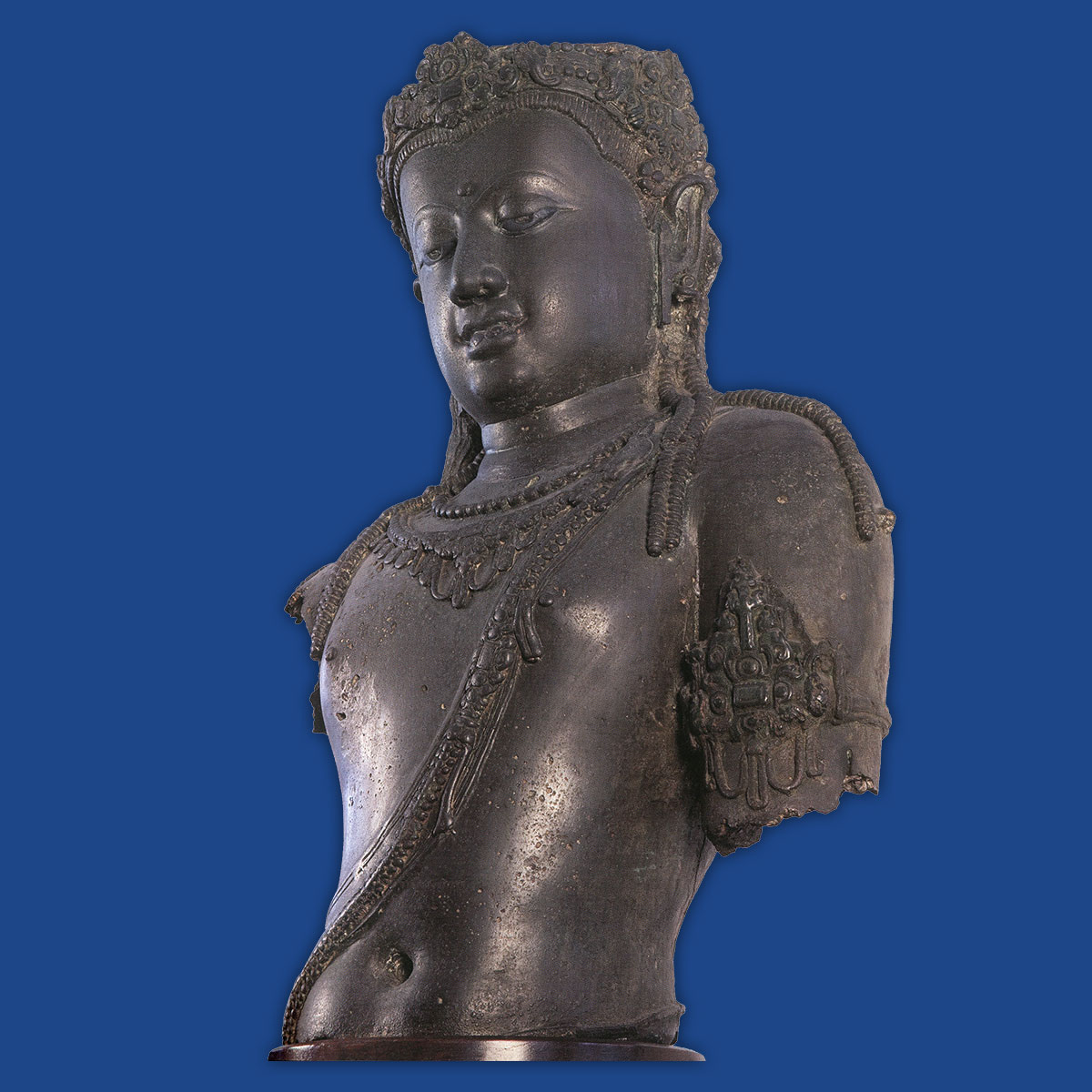
BODHISATTVA AVALOKITESHVARA AS PADMAPANI
Origin: 8-9th C, Srivijaya
Found: Wat Phra Barommathat, Chaiya Surat Thani Province Moved by HRH Prince Damrong Aajanubhab to the National Museum Bangkok in 1905
Material: bronze with silver inlay
Dimension: H 63cm
Location: South Wing, S9 (Srivijaya Room)
This beautiful bust is all that remains of a complete statue of the Bodhisattva Avalokiteshvara, probably in the form of the universal savior Padmapani, meaning “lotus bearer”. Padmapani is one of Mahayana Buddhism’s celestial bodhisattvas, the immortal helpers of enlightened buddhas. Bodhisattvas are spiritually advanced beings who choose to hold back from their own enlightenment in order to remain in the world serving others. Cast in the round, this finely crafted bronze is poised in the tribhanga or triple-flexion posture with a loincloth tied around the hips. The rounded face has downcast eyes beneath arched brows, the hair is intricately braided, and the sacred cord is decorated with the head of an antelope over the left shoulder. The ornaments that richly adorn him are typical of a bodhisattva and symbolize his enlightened experiences. Though this image is incomplete, Padmapani usually appears with right arm lowered, the hand in the wish-granting gesture, and the left hand holds the stem of a lotus flower. Most images of Padmapani also have a small effigy of Amithaba, the Buddha of Infinite Light, in the hair just above the forehead.
Srivijaya
STANDING BUDDHA
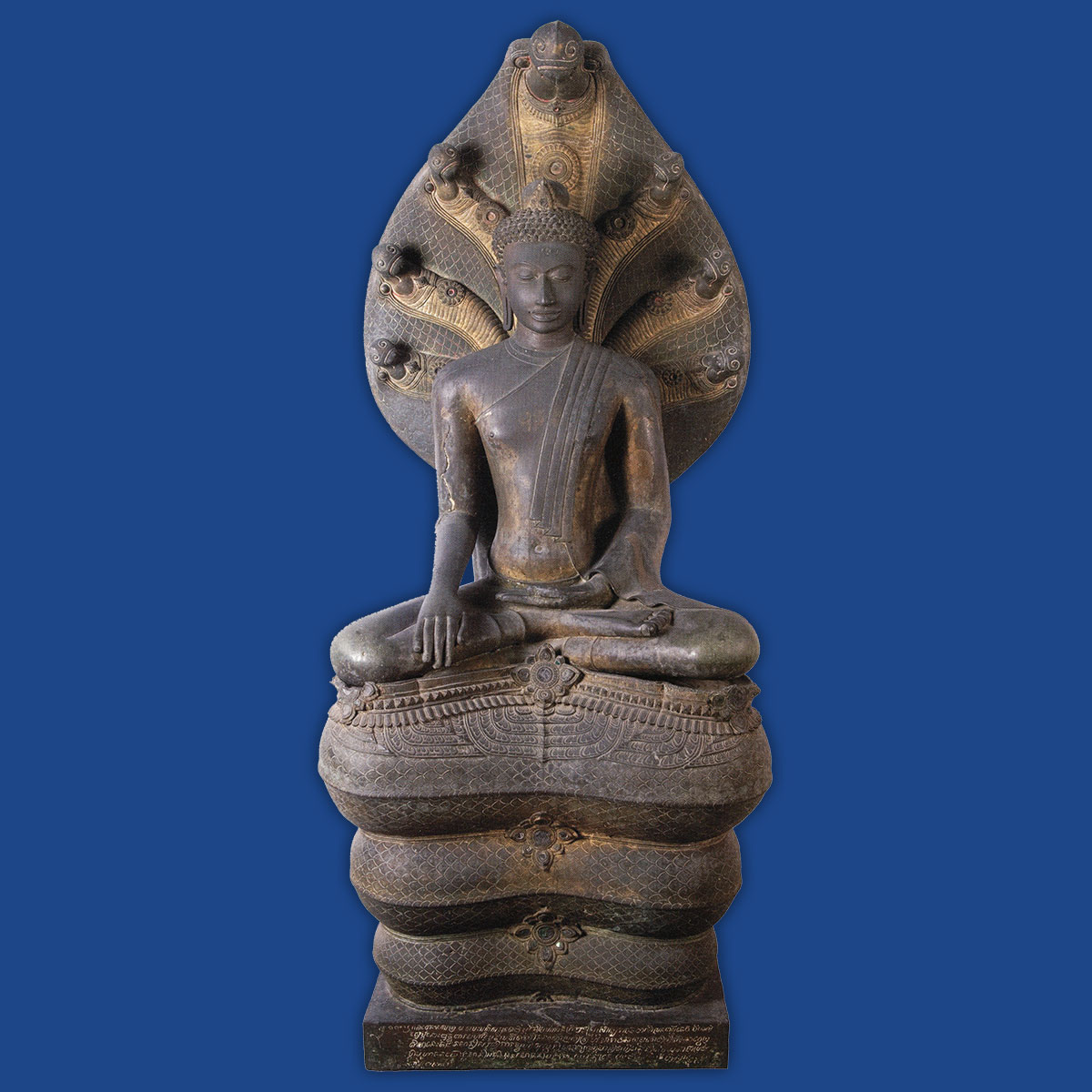
BUDDHA SHELTERED BY NAGA HOODS OR BUDDHA OF GRAHI
Origin: 12-13th C, Srivijaya
Found: War Hua Wiang, Chaiya, Surat Thani Province by HRH Prince DamrongRajanubhab Brought by King Mongkut to War Benchamabopit, moved to Bangkok, National Museum Bangkok in 1928
Material: bronze
Dimension: H 165cm
Location: South Wing, S9 (Srivijaya Room)
Created from black, gilt bronze, this statue was cast in three separate parts: the naga’s hood, the Buddha, and the naga serpent’s intertwined coils. These sections are supported by a rectangular base bearing an inscription in Khmer, stating that the image was ordered by the Governor of Grahi, or Chaiya, a dependency of the Malayu Kingdom. The image’s unusual mix of artistic styles has been the subject of many scholarly interpretations. The serpent’s hood and coils recall Khmer sculpture. A decorative necklace adorns each of the seven naga heads and each breast has a lotus-pattern rosette formerly set with a jewel. Arranged in three horizontal bands, the coils are punctuated at the middle, and at either side, by a large blossoming lotus flower. The Buddha is seated with legs folded and hands in the “Calling the Earth to Witness” bhumisparsa mudra. His monastic robe is worn in an open style, with the left shoulder covered by a pleated flap of cloth. The arrangement of the ushnisha above the coiled hair is smooth and it is decorated with a bodhi leaf, characteristic of Srivijayan art. Reflecting pure serenity and grace, the face of the Buddha gives this statue a rare elegance.

